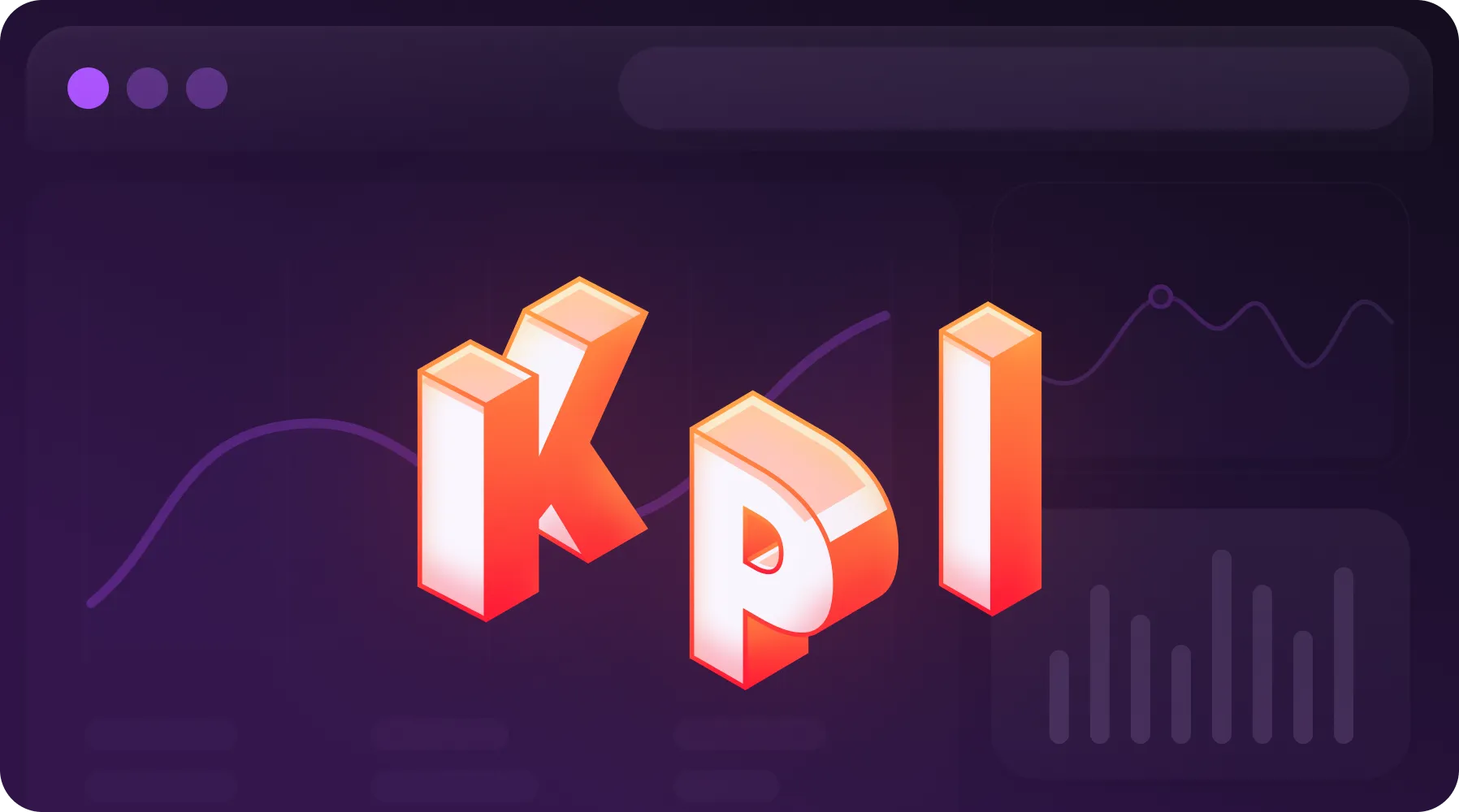The Psychology Behind UX/UI Design

If you are working on a digital solution, one of its integral stages will be UX/UI design. While trivial projects usually have “beaten” paths for creating navigation and visuals, any deviation from the standard can lead to dissatisfaction among end users and increase the entry threshold for them. In this regard, no matter how sophisticated the logic of your project is, it is important to understand the usability principles maintained by human psychology to ensure its excellent user experience.
Theories of Perception in UX/UI Design
Generally speaking, there are several popular theories of perception in UX/UI design:
- Gestalt psychology aimed at gaining an understanding of how people associate individual objects with things that are meaningful to them. The main gestalt principles include figure-ground (according to which some objects, depending on their visual appeal, are perceived as key navigation elements, while others serve as background), similarity (according to which elements with identical visual characteristics are perceived as interconnected), proximity (according to which closely placed objects are also perceived as related to each other), and closure (which states that incomplete objects, if sufficiently detailed, can be perceived by users as complete).
- Affordance theory, claiming that to ensure intuitiveness, users should receive some cues from the interface from the very beginning on how to deal with a particular element—one way to do this is to use skeuomorphism;
- Hick's Law, which states that the time it takes a particular user to make a decision is logarithmic to the number of available options (which means that to maximize intuitiveness, the user's choice should always be limited);
- Fitts' Law, stating that the time it takes a user to reach a desired part of the interface depends on its size and distance (which means that to ensure a great user experience, you need to place interactive elements closer to the user's starting point);
- Signal Detection Theory, claiming that users can subconsciously distinguish between meaningful cues (calls to action) and background noise, meaning that they should be visually separated.
Cognitive Load: Its Effects on UI Design
Now let's move from theory to practice and consider individual insights extracted from the above theories of psychology in UX.
In particular, the first insight is the minimization of cognitive load, that is, the efforts of the human brain that must be applied to perform a specific target action. Thus, the importance of reducing the amount of information or tasks provided to the user becomes clear—otherwise, there is a high probability that the user will begin to act erroneously.
In practice, such brevity can be achieved by correctly grouping interrelated elements and removing elements whose functionality duplicates each other.
Emotional Response & UX Design
Another valuable insight from UX design and psychology is to establish an emotional connection with the end user through your interface. This is a global task that begins with user behavior analysis and identifying their desires, pain points, and intentions and ends with transforming the obtained information into design elements that resonate with them.
Ultimately, you will have to walk in the shoes of the average consumer of your software solution to ensure the proper level of empathy with your emotional design. In terms of practical implementation of the emotional response, such user empathy can be achieved through the integration of “user experience stories” that can be presented by a service provider to users as they get acquainted with the digital solution, as well as the use of the right color palette, forms, audio, pop-ups, and text.
The Role of Memory in User Interaction
Since, according to cognitive psychology in design, the average person can concentrate on one object for up to 20-30 minutes, it is important to take this aspect into account if your software solution involves long-term interaction with it.
Specifically, you can reduce the load on your users' memory by implementing elements and scenarios that work and occur in a way that is familiar to them. Otherwise, if something does not function as expected, it can lead to users’ confusion and erroneous actions.
Understanding User Behavior Through Heuristics
Heuristics are specific UI design principles that can predict user psychology. Here are some of them:
- Visibility of system status, which implies the importance of informing end users about what is happening with your software solution at the moment through progress bars, loading animations, or status messages;
- Match between the system and the real world, which emphasizes the importance of correspondence between the system's behavior and the knowledge and experience that users received before they became familiar with your software solution;
- User control and freedom, which implies the need to provide end users with the ability to freely navigate your software solution and manage negative scenarios;
- Consistency and standards, which determine the significance of logical connections between elements, terminology, and layouts;
- Error prevention, which consists of preventing erroneous actions by end users by providing them with unambiguous and understandable instructions;
- Recognition over recall, which states that to ensure better intuitiveness, users should “recognize” familiar patterns from the real world in elements and scenarios of your interface.
Thus, you have to perform a heuristic evaluation to check whether your solution is good in terms of usability. Also, note that in reality, there are many more psychology UI design heuristics, but the above list will be sufficient for a basic understanding of what is meant by the term excellent user experience.
The Impact of Attention on User Experience
Many designers, in order to encourage the user to perform a particular action, abuse pop-up notifications and other features to attract attention, thereby increasing the cognitive load, the inadmissibility of which we have already discussed earlier.
Instead, you can use such approaches as the correct building of a visual hierarchy, optimization of the color palette, breaking down complex processes into several simple ones, etc. And, of course, do not forget to appeal to the memory of users, which already contains some experience of interaction with other digital solutions and can automate some processes of dealing with them due to the familiarity of the mental models implemented.
User Motivation & Reward Systems in UX/UI Design
Finally, from the point of view of UX psychology, many UX/UI designs benefit from gamification, which motivates users to move toward the target action. In general, gamification is aimed at boosting user engagement and creating an exciting user experience that they don’t want to interrupt. Its main elements are rewards and recognition.
At the same time, it is crucial to note that some reward systems are too confusing for the average user and, thus, create unnecessary cognitive load instead of motivation. Moreover, gamification is not considered a universal approach that could be used in any project. Therefore, you have to always start with the appropriateness and the affordance of implementing this concept clearly and simply for the consumer.
Conclusion
We hope that with the help of this article, you were able to understand the importance of UX design psychology and how it is implemented in UI/UX principles like heuristics, emotional response, lowering cognitive load, user motivation, and others. If you are interested in creating a digital solution that fully meets all these psychological principles, feel free to contact us.
FAQ
The main goal of UX/UI design is to create a user-friendly and intuitive digital solution that meets the needs and expectations of its users.
Emotional response creates a connection between the user and the interface, making the experience more engaging and satisfying.
Heuristics are guidelines that predict user behavior. Principles like system status visibility, real-world match, user control, and error prevention help create a more intuitive user experience.
Visual hierarchy arranges elements in order of importance, guiding users' attention to key information first. This can be achieved through size, color, contrast, and positioning of elements.
Connect with us
.webp)
We are a tech partner that delivers ingenious digital solutions, engineering and vertical services for industry leaders powered by vetted talents.





